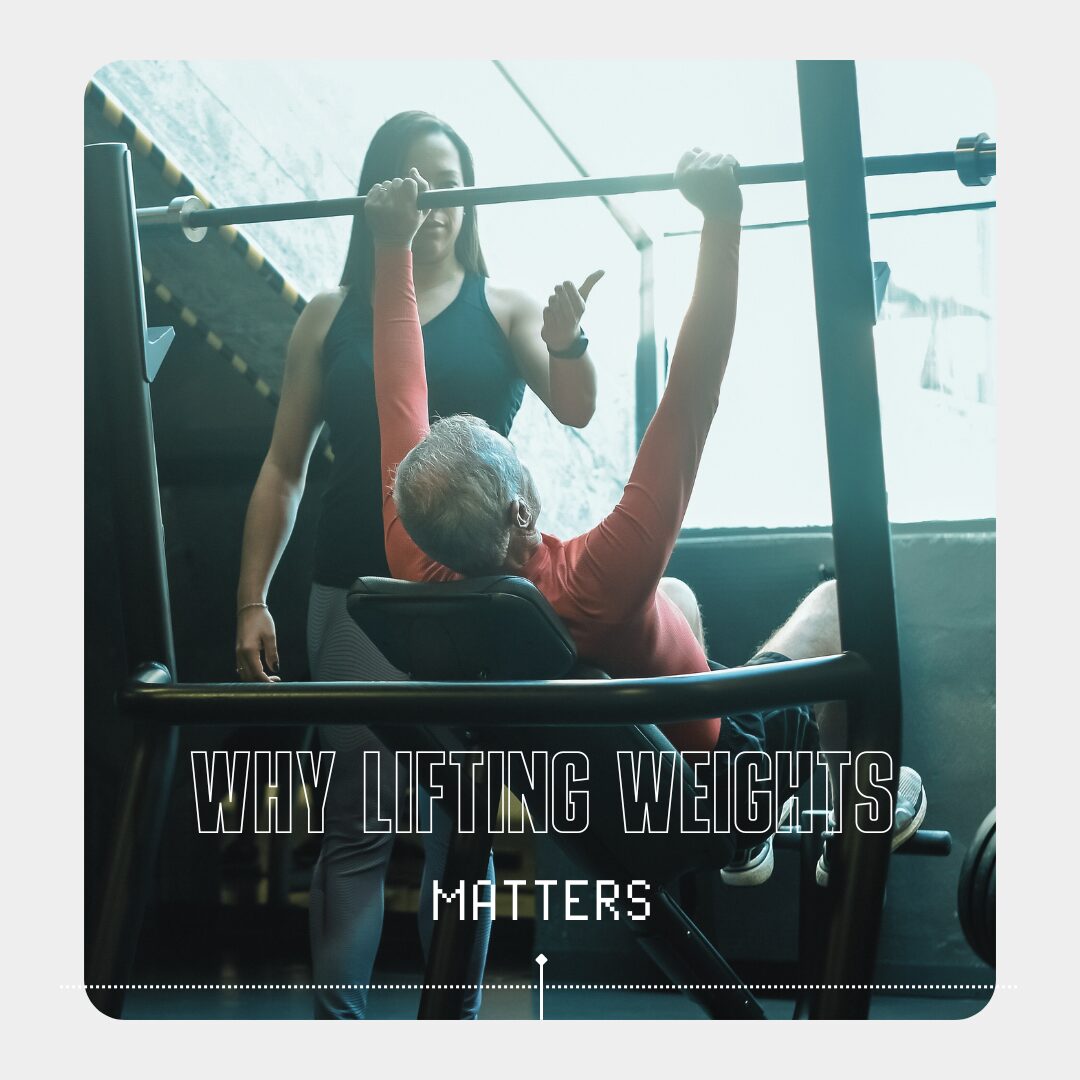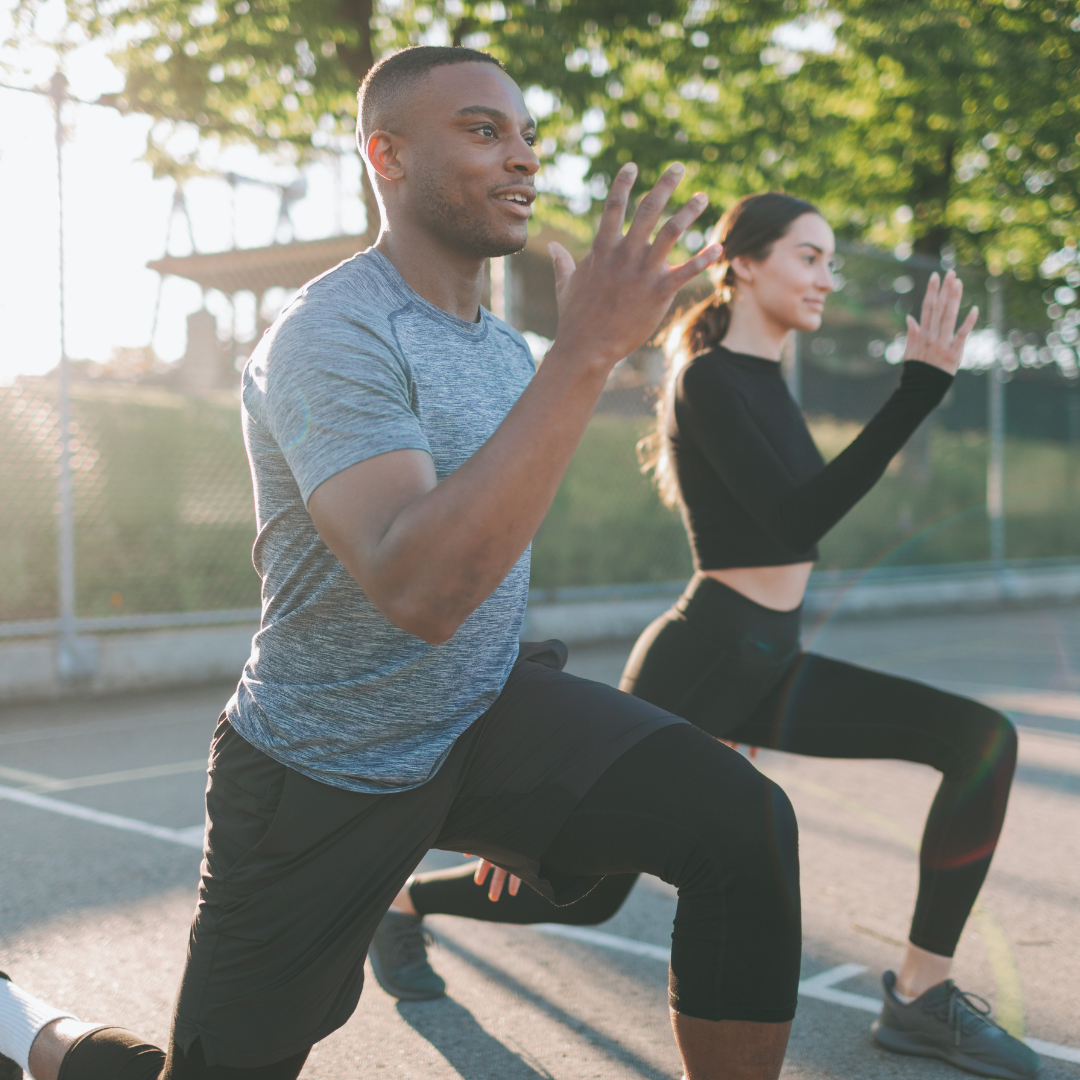For decades, bone health has been associated with calcium, vitamin D, and avoiding falls. But increasingly, medical and allied health professionals are turning their attention to something far more dynamic: resistance training. And the evidence is stacking up in favour of lifting heavy, especially as we age.
Bone is living tissue, constantly being broken down and rebuilt. As we grow older, particularly for women after menopause, that process becomes imbalanced, with bone loss outpacing formation. Traditionally, weight-bearing exercises like walking have been prescribed to slow this decline. But recent studies suggest that higher-intensity resistance training might do far more than just slow bone loss — it may actually reverse it.
Take the LIFTMOR (Lifting Intervention For Training Muscle and Osteoporosis Rehabilitation) trial, in which researchers put postmenopausal women through a program that included deadlifts, squats and overhead presses at high intensities. The result? Not only did their bone density improve at the spine and hip — two of the most fracture-prone sites — but the women also gained strength and balance without serious injuries (Watson et al., 2015). It challenged long-held fears that heavy lifting might be unsafe for those with osteoporosis or low bone mass.
And it’s not just about women. A 2020 study (Kemmler et al.) involving older men with osteopenia found that progressive resistance training helped build spinal bone density, muscle mass, and strength simultaneously. These findings point to a broader shift in how we think about skeletal health: bones don’t just need nutrients, they need stimulus.
What’s perhaps most surprising is how responsive the skeleton remains, even later in life. Research led by Harding et al. (2020) showed that older adults who engaged in supervised resistance training saw significantly less bone loss than those following a more typical home-based program for older adults. The key? Consistency, supervision, and enough mechanical load to trigger change.
Even in younger women, strength training has proven to have a protective effect on bone, highlighting how proactive habits formed earlier in life can have long-term benefits (Weeks & Beck, 2012).
What does this mean? Lifting weights might be one of the most powerful tools we have to preserve bone health at all ages. All adults, regardless of age, should aim to complete resistance training, with progressive overload, on at least two days of each week. If you are new to strength training, it is best to start by seeing an allied health professional.
References:
Harding, A. T., Weeks, B. K., Lambert, C., Watson, S. L., Weis, L. J., & Beck, B. R. (2020). A Comparison of Bone-Targeted Exercise Strategies to Reduce Fracture Risk in Middle-Aged and Older Men with Osteopenia and Osteoporosis: LIFTMOR-M Semi-Randomized Controlled Trial. Journal of bone and mineral research : the official journal of the American Society for Bone and Mineral Research, 35(8), 1404–1414. https://doi.org/10.1002/jbmr.4008
Kemmler, W., Kohl, M., Fröhlich, M., Jakob, F., Engelke, K., von Stengel, S., & Schoene, D. (2020). Effects of High-Intensity Resistance Training on Osteopenia and Sarcopenia Parameters in Older Men with Osteosarcopenia-One-Year Results of the Randomized Controlled Franconian Osteopenia and Sarcopenia Trial (FrOST). Journal of bone and mineral research : the official journal of the American Society for Bone and Mineral Research, 35(9), 1634–1644. https://doi.org/10.1002/jbmr.4027
Watson, S. L., Weeks, B. K., Weis, L. J., Horan, S. A., & Beck, B. R. (2015). Heavy resistance training is safe and improves bone, function, and stature in postmenopausal women with low to very low bone mass: novel early findings from the LIFTMOR trial. Osteoporosis international : a journal established as result of cooperation between the European Foundation for Osteoporosis and the National Osteoporosis Foundation of the USA, 26(12), 2889–2894. https://doi.org/10.1007/s00198-015-3263-2
Weeks, B. K., & Beck, B. R. (2012). Are bone and muscle changes from POWER PE, an 8-month in-school jumping intervention, maintained at three years?. PloS one, 7(6), e39133. https://doi.org/10.1371/journal.pone.0039133


